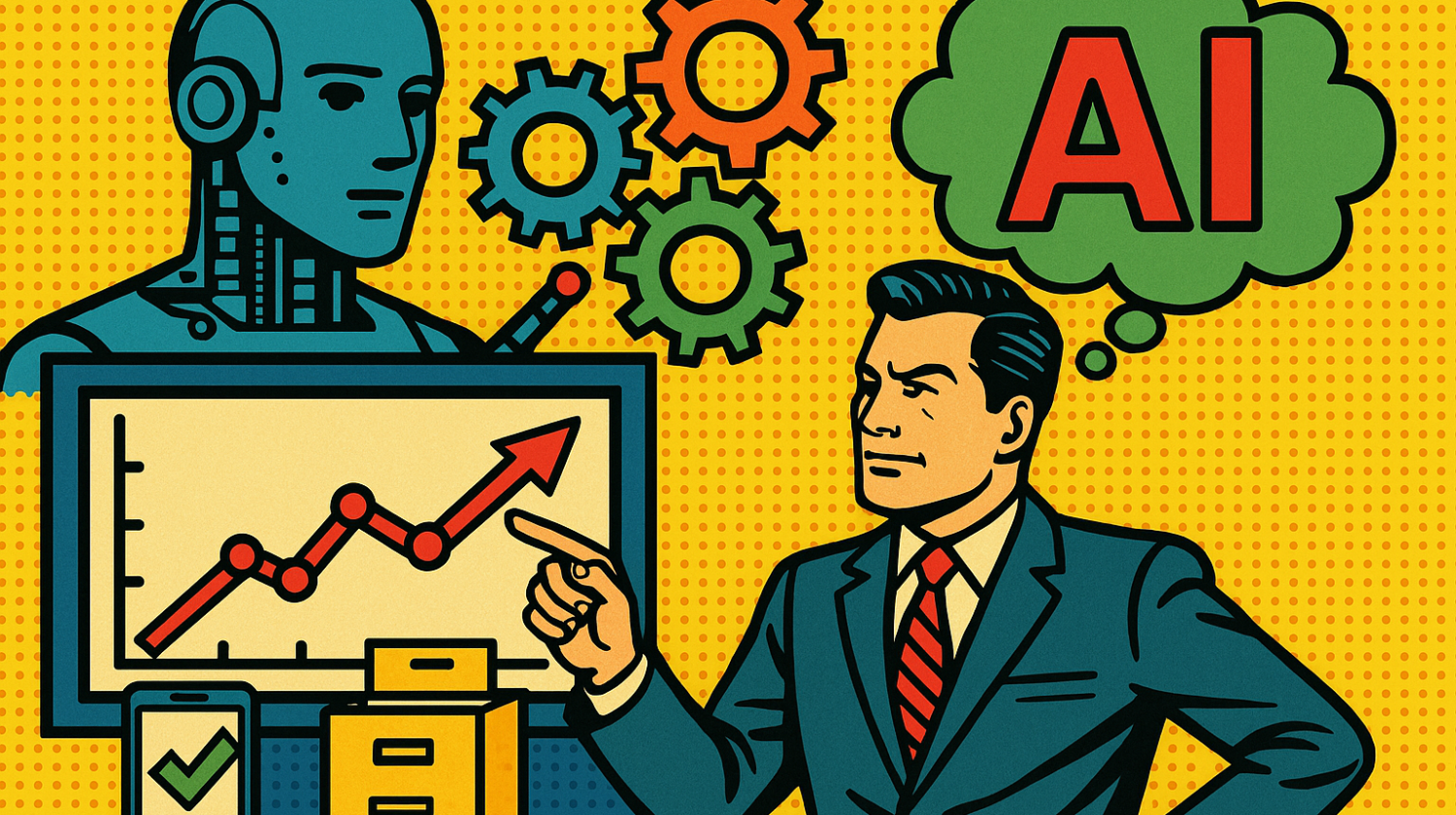TechTalk Daily

By Daniel W. Rasmus, Serious Insights

I had the pleasure of listening to leaders discuss their firsthand experiences with AI deployments and how organizations are implementing AI. I learned from Saanya Ojha of Bain Capital Ventures, who spoke with Moveworks President Varun Singh, and from several thought leaders during a KMWorld–hosted webinar that brought together TigerGraph (Victor Lee, PhD), Semedy (Charles Lagor), and TopQuadrant (Steve Hedden).
I’ll keep the takeaways simple. They all align with my experience: design for success, including how to measure ROI. If you don’t think about what success may look like, you will likely miss it.
The MIT NANDA report continues to reverberate, though it commits a sin that AI is often accused of: not understanding context. Even though most pilots never make it into production, only a handful generate measurable ROI, that doesn’t mean organizations aren’t learning or gaining value. We remain earlier in the AI experiment. The lesson is not that AI has failed, but that too many organizations are approaching AI without grounding projects in business reality. Just because AI appears new, doesn’t mean IT should abandon practices like design, change management and deployment onboarding.
Success for now requires narrow scopes, integrating AI into workflows, strengthening data foundations, and adopting design principles that sustain accuracy and governance at scale.
Knowledge graphs—combined with AI through techniques like GraphRAG—add another critical dimension: the ability to contextualize, govern, and scale AI so that outputs align with enterprise needs . Together, these insights offer a design playbook for organizations seeking durable returns from AI.
To better understand what Rasmus believes success hinges on, dive deep into the full article: Enterprise AI Insights from the Field: Success Factors and Waiting for ROI.
About the Author:
Daniel W. Rasmus, the author of Listening to the Future, is a strategist and industry analyst who has helped clients put their future in context. Rasmus uses scenarios to analyze trends in society, technology, economics, the environment, and politics in order to discover implications used to develop and refine products, services, and experiences. He leverages this work and methodology for content development, workshops, and for professional development.